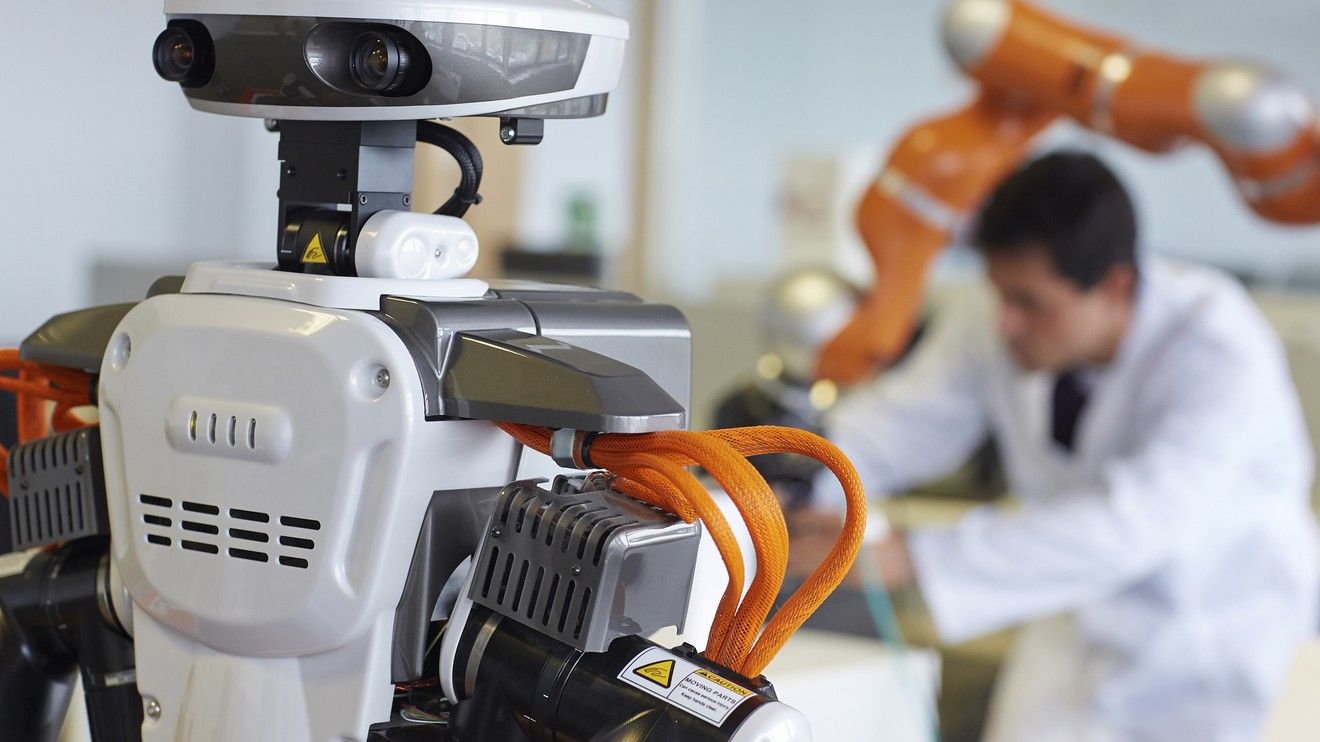The Tesla and SpaceX CEO says that a universal basic income will allow more time for leisure.
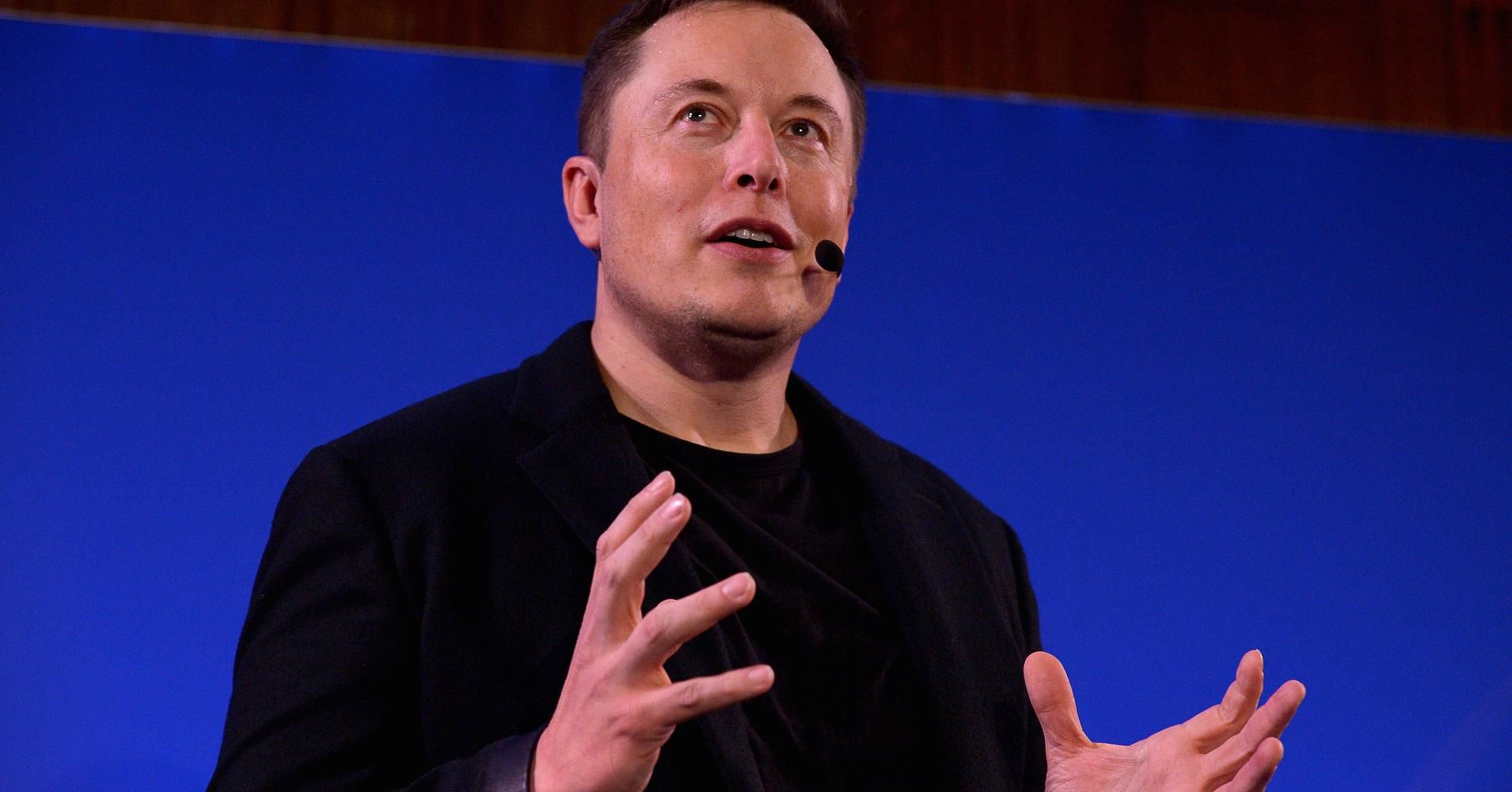


“A new floating solar photovoltaic system in Singapore is just one hectare in size and is meant as a prototype. But it could help usher in a new wave of PV placements on water resources globally.”

Come “ask me anything” right now!!! I’m trying to answer all questions I get asked:
Hi Reddit,
Thank you for having me here. My name is Zoltan Istvan, and I’m a futurist, journalist, and science fiction writer. I’m also the 2016 Presidential candidate for the Transhumanist Party.
For the last 725 days, I have been campaigning full time to spread transhumanism and life extension policies across America and the world. While I never expected to win the US Presidency, my campaign has received a lot of attention—both good and bad—for its emphasis on radical science, technology, secularism, and futurist ideas.
During my campaign, I’ve spoken on transhumanism at the World Bank, consulted with the US Navy on artificial intelligence, got a chip implanted in my hand, interviewed with underground group Anonymous, and drove a coffin-shaped bus called the Immortality Bus across America to deliver a Transhumanist Bill of Rights to the US Capitol. My 20-point political platform has many futurist policies in it, but some of the most important ones are supporting a Universal Basic Income, classifying aging as a disease, legalizing all drugs, creating a Transhumanist Olympics, and taking money from the military and giving it to science.
China plans to launch its first e-commerce satellite in 2017, with the primary purpose of using satellite data in agriculture.
The plan was announced on Monday during an international aviation and aerospace forum in Zhuhai, Guangdong Province, by the China Academy of Launch Vehicle Technology, China Aerospace Museum and Juhuasuan, an arm of e-commerce giant Alibaba.
“In an era of space economy, the potential of a commercial space industry is immeasurable,” Han Qingping, president of the Chinarocket Co., Ltd, said at the forum.
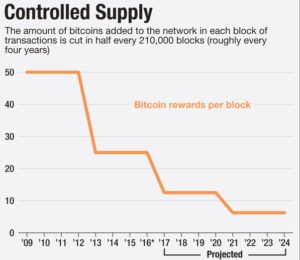
By now, most Bitcoin and Blockchain enthusiasts are aware of four looming issues that threaten the conversion of Bitcoin from an instrument of academics, criminal activity, and closed circle communities into a broader instrument that is fungible, private, stable, ubiquitous and recognized as a currency—and not just an investment unit or a transaction instrument.
These are the elephants in the room:
As an Op-Ed pundit, I value original content. But the article, below, on Bitcoin fungibility, and this one on the post-incentive era, are a well-deserved nod to inspired thinking by other writers on issues that loom over the cryptocurrency community.
This article at Coinidol comes from an unlikely source: Jacob Okonya is a graduate student in Uganda. He is highly articulate, has a keen sense of market economics and the evolution of technology adoption. He is also a quick study and a budding columnist.
What Happens When Bitcoin Mining Rewards Diminish To Zero?
Jacob addresses this last issue with clarity and focus. I urge Wild Ducks to read it. My response, below touches on both issues 3 and 4 in the impromptu list, above.
Sunset mining incentives—and also the absence of supporting fully anonymous transactions—are two serious deficiencies in Bitcoin today.
I am confident that both shortcomings will be successfully addressed and resolved.
Thoughts about Issues #3 and #4: [Disclosure] I sit on the board at CRYPSA and draft whitepapers and position statements.*
Blockchain Building: Dwindling Incentives
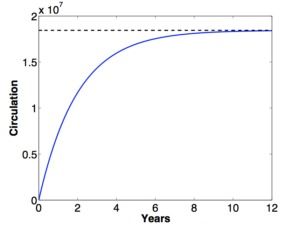 Financial incentives for miners can be replaced by non-financial awards, such as recognition, governance, gaming, stakeholder lotteries, and exchange reputation points. I am barely scratching the surface. Others will come up with more creative ideas.
Financial incentives for miners can be replaced by non-financial awards, such as recognition, governance, gaming, stakeholder lotteries, and exchange reputation points. I am barely scratching the surface. Others will come up with more creative ideas.
Last year, at the 2015 MIT Bitcoin Expo, Keynote speaker Andreas Antonopoulos expressed confidence that Bitcoin will survive the sunset of miner incentives. He proposed some novel methods of ongoing validation incentives—most notably, a game theory replacement. Of course, another possibility is the use of very small transaction fees to continue financial incentives.
Personally, I doubt that direct financial incentives—in the form of microcash payments— will be needed. Ultimately, I envision an ecosystem in which everyone who uses Bitcoin to buy, sell, gift, trade, or invest will avoid fees while creating fluidity—by sharing the CPU burden. All users will validate at least one Blockchain transaction for every 5 transactions of their own.
Today, that burden is complex by design, because it reflects increasing competition to find a diminishing cache of unmined coins. But without that competition, the CPU overhead will be trivial. In fact, it seems likely that a validation mechanism could be built into every personal wallet and every mobile device app. The potential for massive crowd-sourced scrutiny has the added benefit of making the blockchain more robust: Trusted, speedy, and resistant to attack.
Transaction Privacy & Anonymity
Bitcoin’s lack of rock-solid, forensic-thwarting anonymity is a weak point that must ultimately be addressed. It’s not about helping criminals, it’s about liberty and freedoms. Detectives & forensic labs have classic methods of pursuing criminals. It is not our job to offer interlopers an identity, serial number and traceable event for every transaction.
Anonymity can come in one of three ways. Method #3 is least desirable:
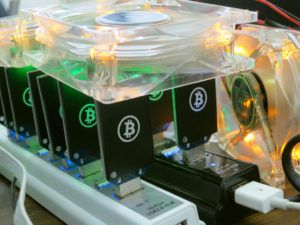 and earnest but misguided attempts to create a registry of ‘tainted’ coins.
and earnest but misguided attempts to create a registry of ‘tainted’ coins.That’s my opinion on the sunset of mining incentives and on transaction anonymity.
—What’s yours?
* Philip Raymond is co-chair of the Cryptocurrency Standards
Association. He was host and MC for the Bitcoin Event in New York.

I was pointed to this article by Jon Matonis, Founding Director, Bitcoin Foundation. I was sufficiently moved to highlight it here at Lifeboat Foundation, where I am a contributing writer.
On Fungibility, Bitcoin, Monero and ZCash … [backup]
This is among the best general introductions I have come across on traceability and the false illusion of privacy. The explanation of coin mixing provides and excellent, quick & brief overview.
Regarding transaction privacy, a few alt-coins provide enhanced immunity or deniability from forensic analysis. But if your bet is on Bitcoin (as it must be), the future is headed toward super-mixing and wallet trading by desgin and by default. Just as the big email providers haved added secure transit,
Bitcoin will eventually be fully randomized and anonymized per trade and even when assets are idle. It’s not about criminals; it’s about protecting business, government and individuals. It’s about liberty and our freedoms. [Continue below image]
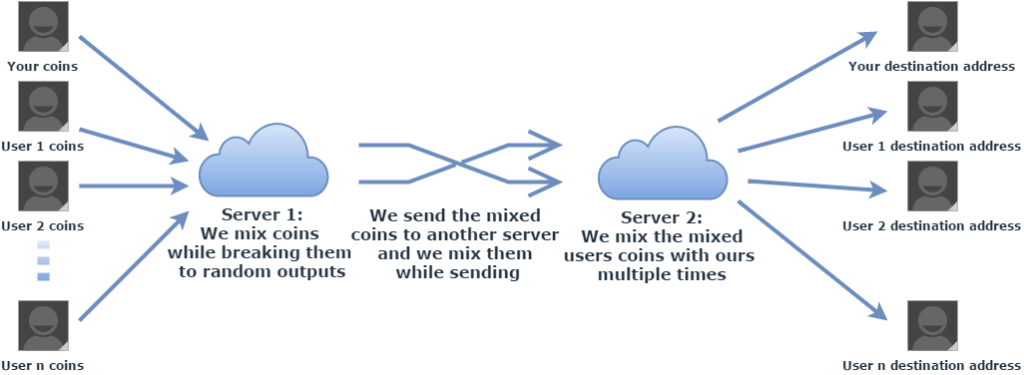
The next section of the article explains the danger of losing fungibility due to transaction tracing and blacklisting. I can see only ONE case for this, and it requires a consensus and a hard fork (preferably a consensus of ALL stakeholders and not just miners). For example, when a great number of Etherium was stolen during the DAO meltdown.
My partner, Manny Perez, and I take opposing views of blacklisting coins based on their ‘tainted’ history (according to “The Man”, of course!). I believe that blacklists must ultimately be rendered moot by ubiquitous mixing, random transaction-circuit delays,  and multiple-transaction ‘washing’ (intentionally invoking a term that legislators and forensic investigators hate)—Manny feels that there should be a “Law and Order” list of tainted coins. Last year, our Pro-&-Con views were published side-by-side in this whitepaper.
and multiple-transaction ‘washing’ (intentionally invoking a term that legislators and forensic investigators hate)—Manny feels that there should be a “Law and Order” list of tainted coins. Last year, our Pro-&-Con views were published side-by-side in this whitepaper.
Finally, for Dogbert’s take on fungible, click here. I bought the domain fungible.net many years ago, and I still haven’t figured out what to do with it. Hence this Dilbert cartoon. smile
____________
Philip Raymond is co-chair of The Cryptocurrency Standards Association.
He also presents on privacy, anonymity, blind signaling & antiforensics.

Anyone who does not have QC as part of their 5+Yr Roadmap for IT are truly exposing their company as well as shareholders and customers. China, Russia, Cartels, DarkNet, etc. will use the technology to extort victims, destroy companies, economies, and complete countries where folks have not planned, budget, skilled up, and prep for full replacement of their infrastructure and Net access. Not to mention companies who have this infrastructure will provide better services/ CCE to svc. consumers.
In a recent article, we highlighted a smart beta ETF called the “Sprott BUZZ Social Media Insights ETF” that uses artificial intelligence (AI) to select and weight stocks. If we stop and think about that for a moment, that’s a pretty cool use of AI that seems well ahead of its time. Now we’re not saying that you should go out and buy this smart beta ETF right away. It uses social media data. We know that on social media, everyone’s an expert and many of the opinions that are stated are just that, opinions. However some of the signals may be legitimate. Someone who just bought Apple is likely to go on telling everyone how bullish they are on Apple shares. Bullish behavior is often accompanied by bullish rhetoric. And maybe that’s exactly the point, but the extent to which we’re actually using artificial intelligence here is not that meaningful. Simple scripting tools go out and scrape all this public data and then we use natural language processing (NLP) algorithms to determine if the data artifacts have a positive or negative sentiment. That’s not that intelligent, is it? This made us start to think about what it would take to create a truly “intelligent” smart beta ETF.
What is Smart Beta?
We have talked before about how people that work in finance love to obfuscate the simplicity of what they do with obscure acronyms and terminology. Complex nomenclature is suited for sophisticated scientific domains like synthetic biology or quantum computing but such language is hardly merited for use in the world of finance. We told you before what beta is. Smart beta is just another way of saying “rules based investing” which has in fact been around for centuries, but of course we act like it’s new and start publishing all kinds of research papers on it. In fact, a poll offered up by S&P Capital IQ shows that even 1 out of 4 finance professionals recognizes the term “smart beta” to be little more than a marketing gimmick:
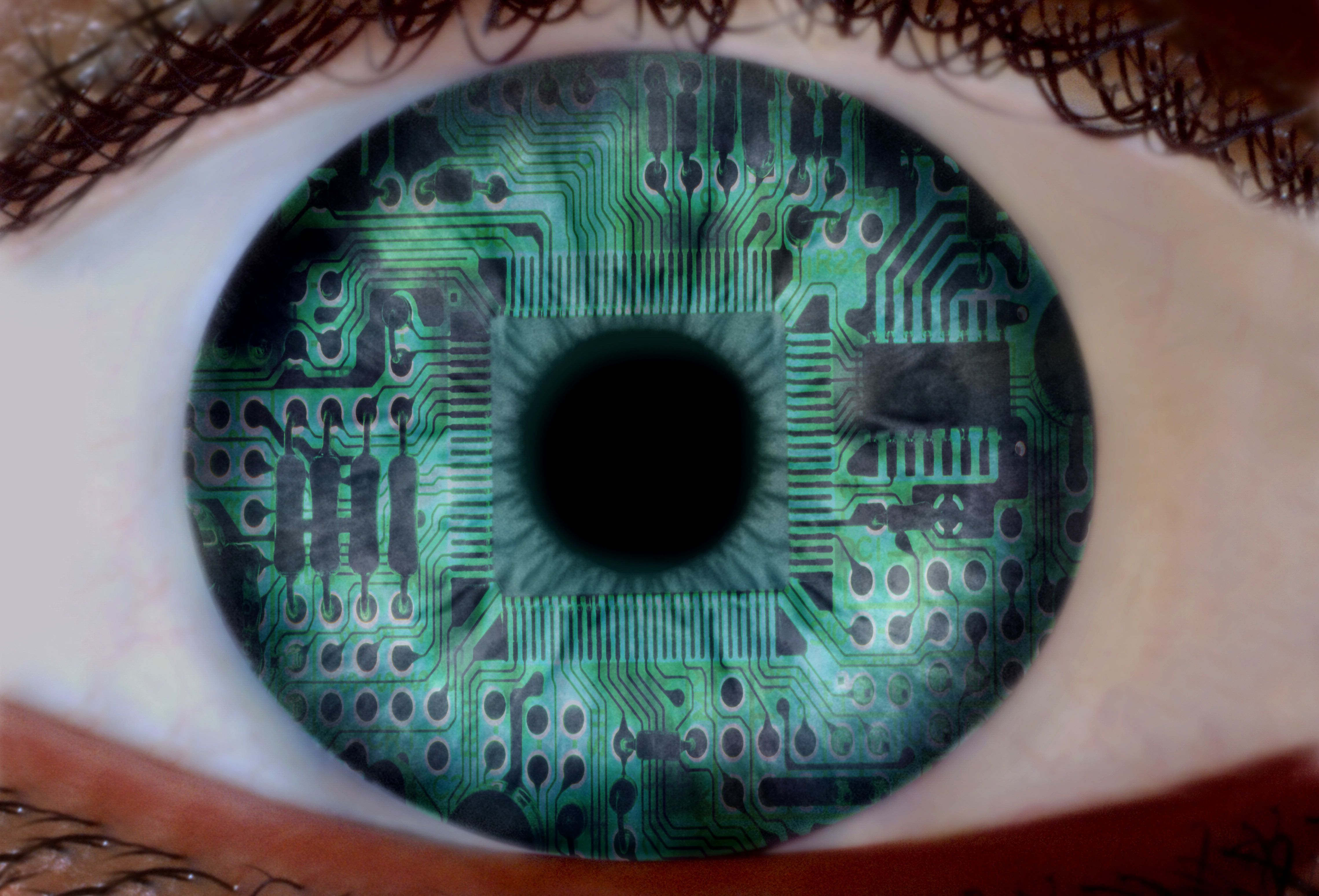
Machine learning will drop the cost of making predictions, but raise the value of human judgement.
To really understand the impact of artificial intelligence in the modern world, it’s best to think beyond the mega-research projects like those that helped Google recognize cats in photos.
According to professor Ajay Agrawal of the University of Toronto, humanity should be pondering how the ability of cutting edge A.I. techniques like deep learning —which has boosted the ability for computers to recognize patterns in enormous loads of data—could reshape the global economy.
